“Purple is the most retiring of all rich colors; it is composed of red and blue, but it is not their medium color, being heavier in its effect than the latter. Purple is symbolical of dignity, state, and regal power; it is color frequently adopted for mourning, and is expressive of gravity, sorrow, and sadness.”
-Color in Dress, year
It’s time for another edition in our ‘colors of the Victorian era’ series. I am excited about this one as it takes a look at one of my favorite colors: purple.
I once read that purple is the newest color used in art and fashion. Although I always considered it to be my favorite color since kindergarten, this added to my interest. It may very well be true. After all, it is a secondary color that appears rarely in nature, and thus dyes were not readily available until the late 19th century. But once it hit the world’s stage, it took Victorian society by storm.
If you are planning a Victorian-inspired outfit for fall or winter this is your guide to perhaps the most trending color of the era.
Want more color in your life? Here are the other posts in the series:
Green with Envy: colors in the Victorian Era
Tickled pink: colors in the Victorian era
Where did purple come from?
As I mentioned, purple wasn’t widespread in clothing until the later part of the 19th century. It did absolutely exist, but because purple dye was hard to come by and thus extremely pricy, it was considered to be the color of royalty and primarily used by the most wealthy members of a community.
I have even read that during the reign of Elizabeth I sumptuary laws prevented anyone outside nobility from wearing the color. Read more:
Why is Purple Considered the Color of Royalty?
The Ruling Class – The Purples
This was to change for good in 1856 when an eager 18-year-old science enthusiast would change the history of color.
This is such a cool story!
While conducting experiments with the hope of producing an anti-malaria drug, chemistry student William Henry Perkin was attempting to make synthetic quinine (the same substance used to flavor tonic water and yes, treat the disease). One of his experiments produced a lovely purple liquid which his family encouraged him to try and dye fabrics with.
Talk about a perfect accident. Fabrics took well to the dye, named “mauveine” after the mallow flower of the same color. Perkin would later shorten it to what will be familiar to all readers, “mauve.” He set up a factory with his brother and brought purple to the masses.
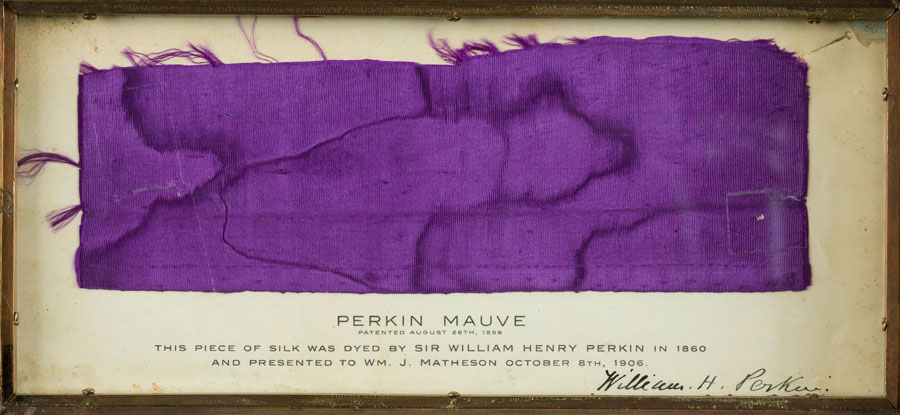
Purple in the Victorian era
Victorians were more than ready to start wearing purple clothing. Queen Victoria was an early adopter and a huge fan of the color and was early on shown to the public wearing it. For instance, the image below shows her in a purple dress at her oldest daughter’s wedding in 1858.
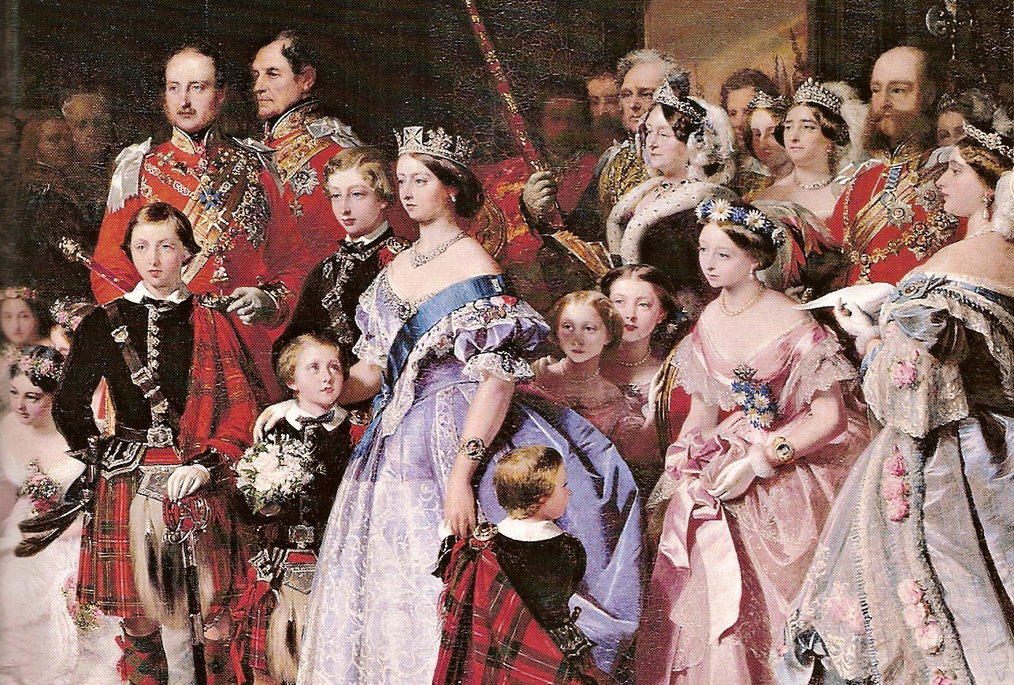
This 1861 portrait showcases another purple dress.
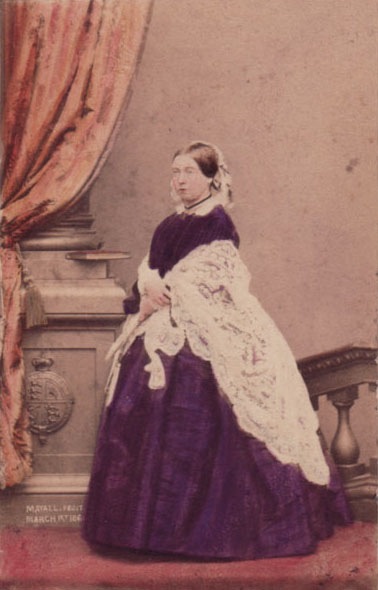
I also read many places that Queen Victoria made waves when she wore a purple dress to the Royal Exhibition of 1862, but time did not allow me to confirm an image to share.
The novelty of the shade, along with the queen’s own taste for it would find purple one of the most popular choices of the rest of the century.
What do you think the most popular color for women’s clothing is today?
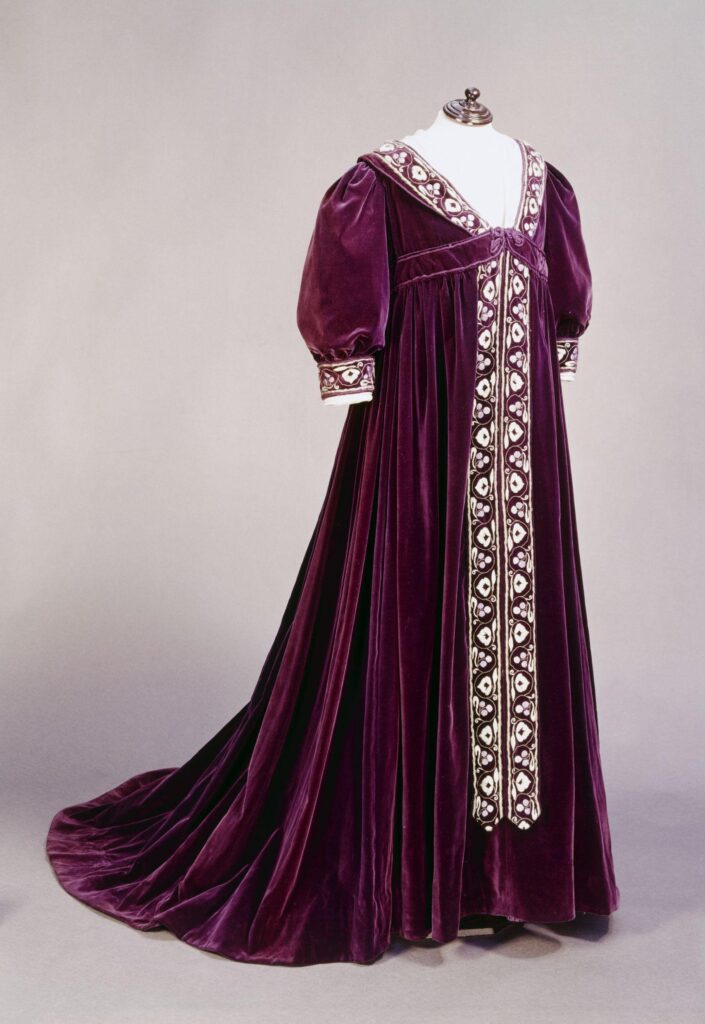
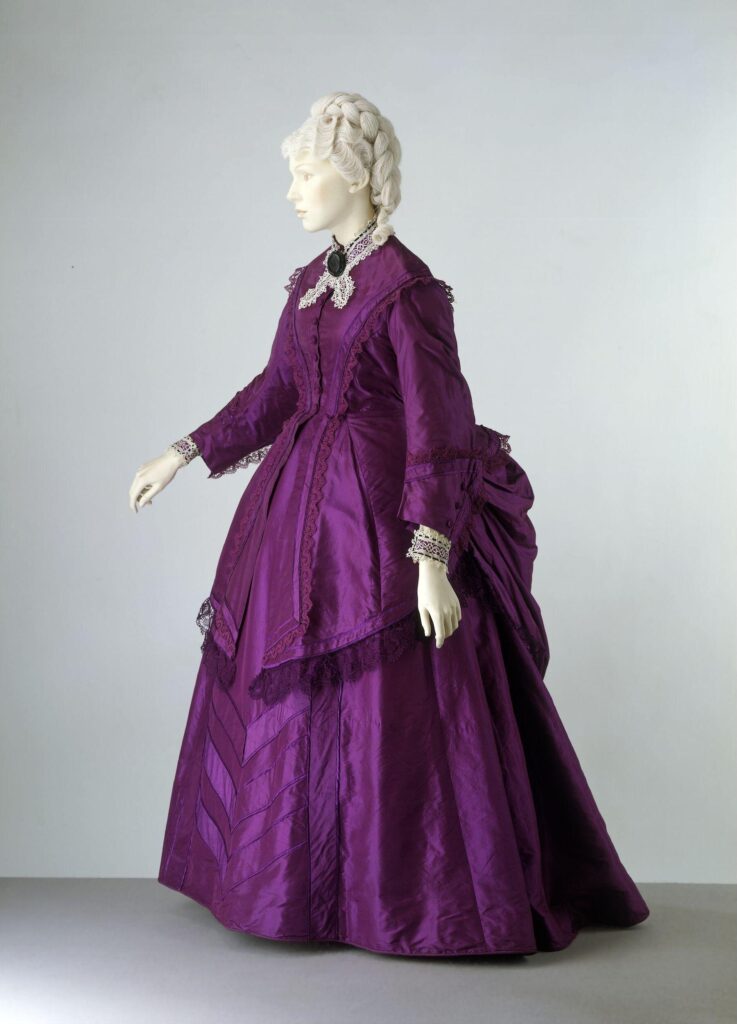
A season for purple
While lighter of shades of purple such as lilac were seen throughout the year, the bulk of the emphasis seems to have been on the essence of Perkin’s discovery, deep mauve/purple. And across the board, it was agreed that it was most appropriate for the cooler seasons.
“Purple is suitable for winter, spring, and autumn costumes.” –Color in Dress, 1870
“Purple is most effective in rich material, as velvet, heavy silks, poplins, poplins, or merinoes, and loses effect in thin goods.” –The Art of Dressing Well, 1870 [sic]
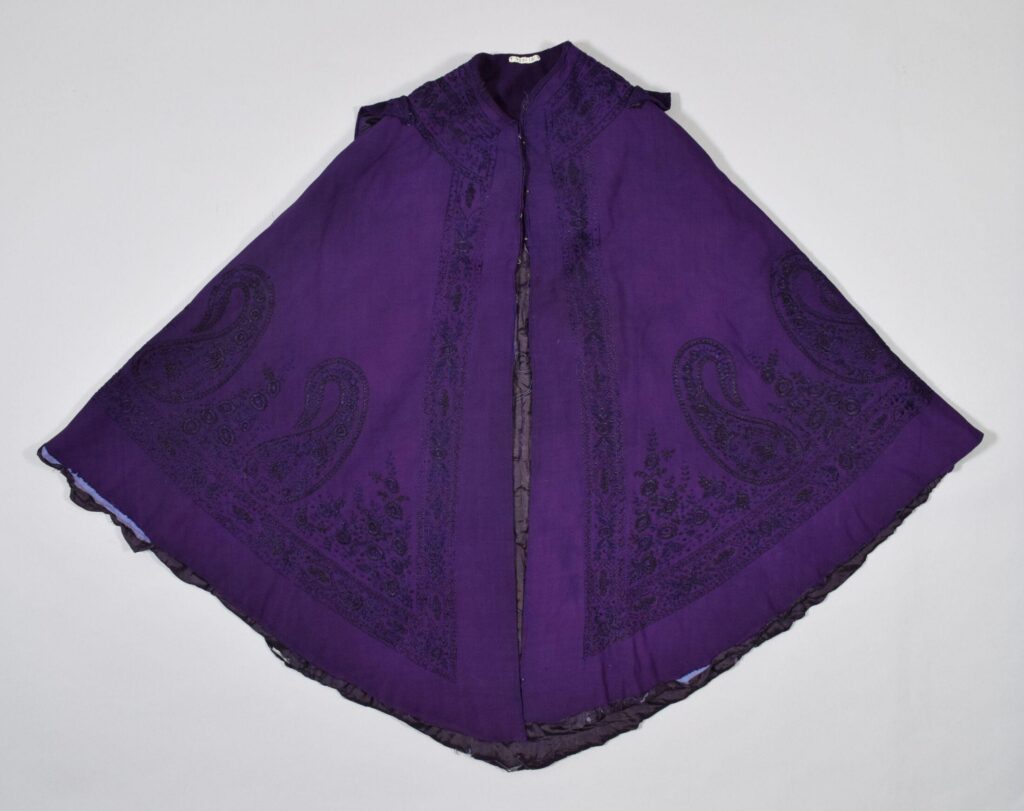
Mourning
The color was quick to find its way to mourning clothing. It was considered to be a natural color for the second stages of mourning: second mourning and half mourning.
“Lavender takes black for half-mourning; mauve takes white or black for slight mourning.” –The Art of Dressing Well
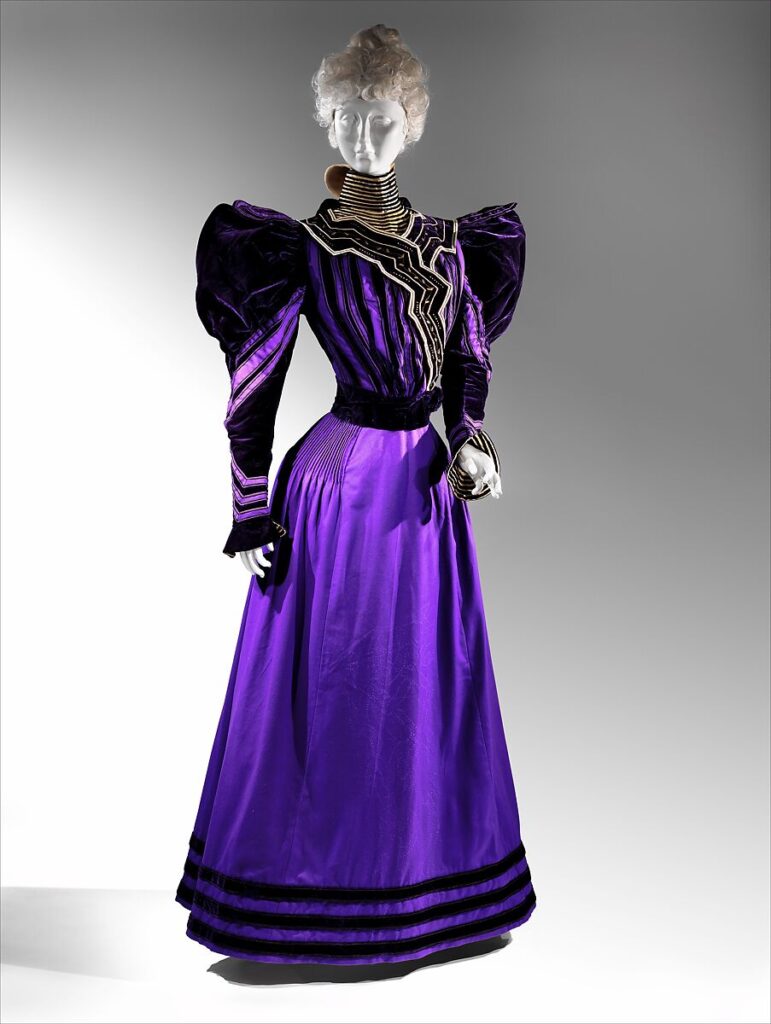
“For the next stage of mourning, dresses are worn of black and white, of solid purple and solid gray, or of a combination of black, white, and purple, or black, white and gray. A purple dress, however, is rather light mourning.” –The Art of Dressing Well
Opera
As we have explored on this blog, purple was seen as an elegant color for the opera. It was especially favored as a color for opera coats.
“Purple is a superb opera color for a middle-aged lady, and with a profusion of black lace, and a bonnet or head-dress of black lace is very effective. It will bear ornaments of gold, and diamonds have a regal richness with purple velvet.” –The Art of Dressing Well
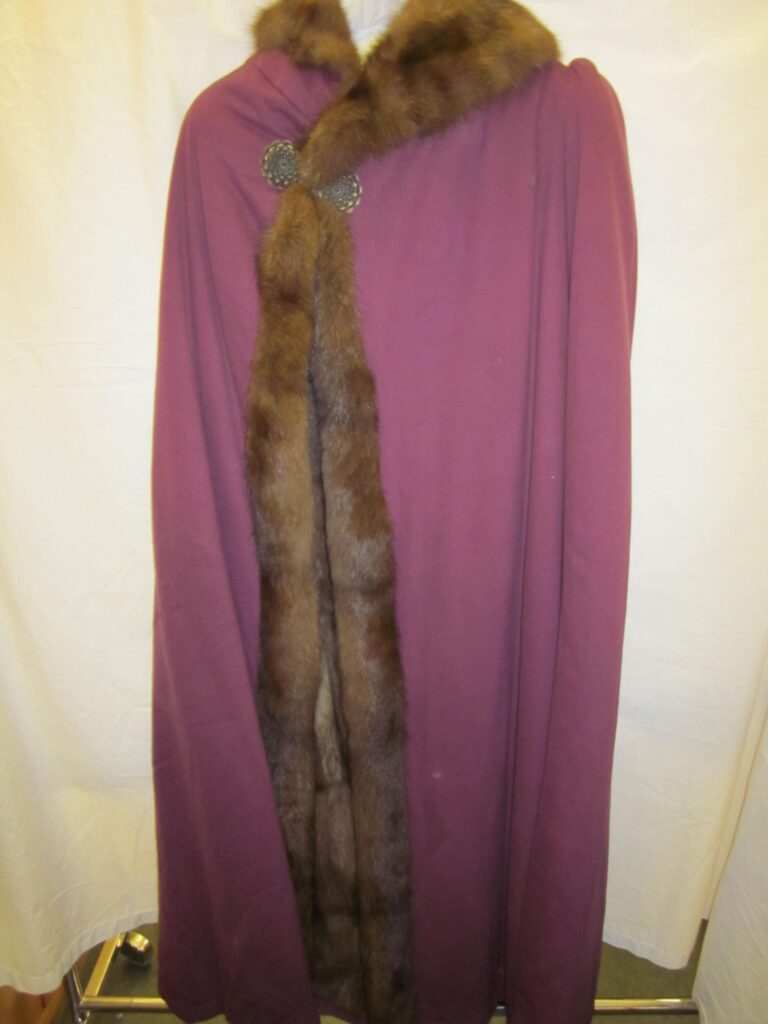
Color combinations
Victorians loved to consider color combinations. Below are the suggestions for purple from Color in Dress:
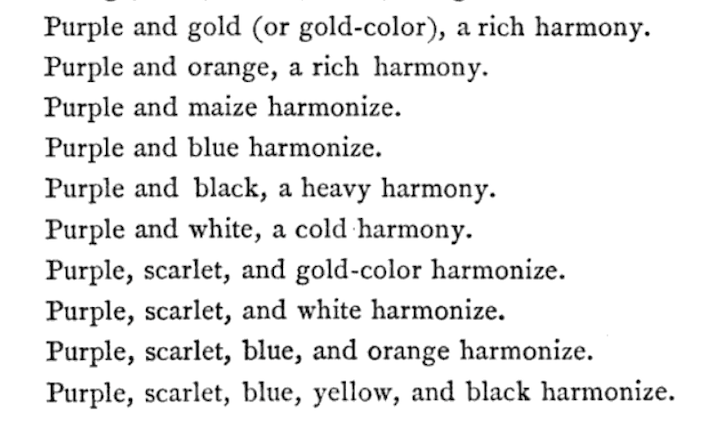
I viewed multiple sources for this post and one Victorian color combination trend came up again and again: purple with yellow-prominent colors. It was often advised to be paired with gold, yellow, or orange. At first, I felt quite dubious as it makes me think of Halloween or of my hometown basketball team, the Phoenix Suns, but as you can see, it really is lovely in execution.
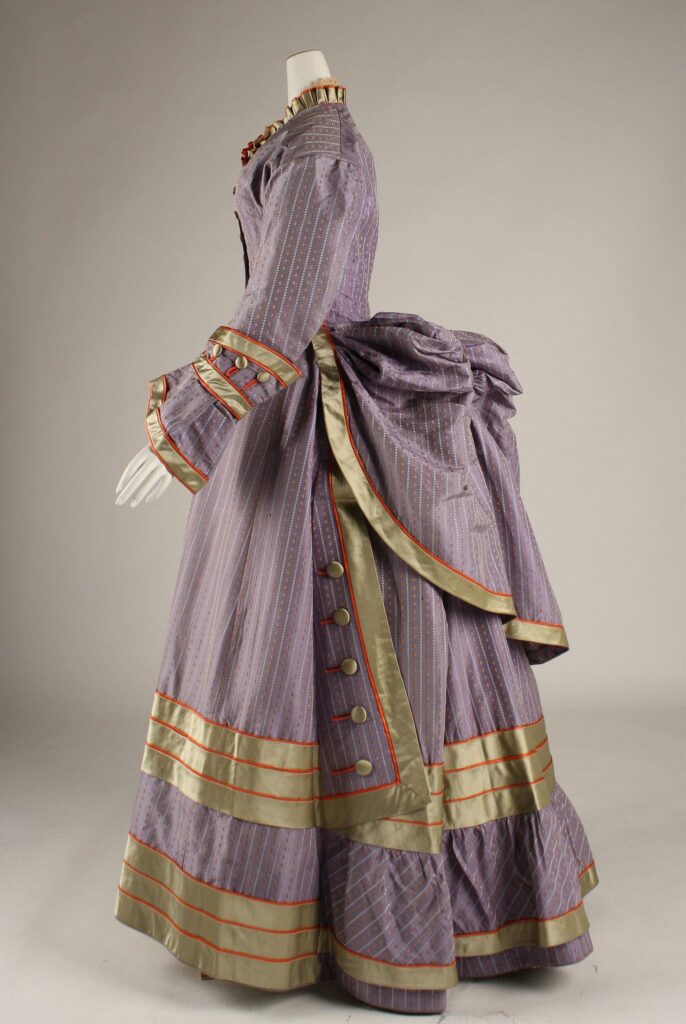
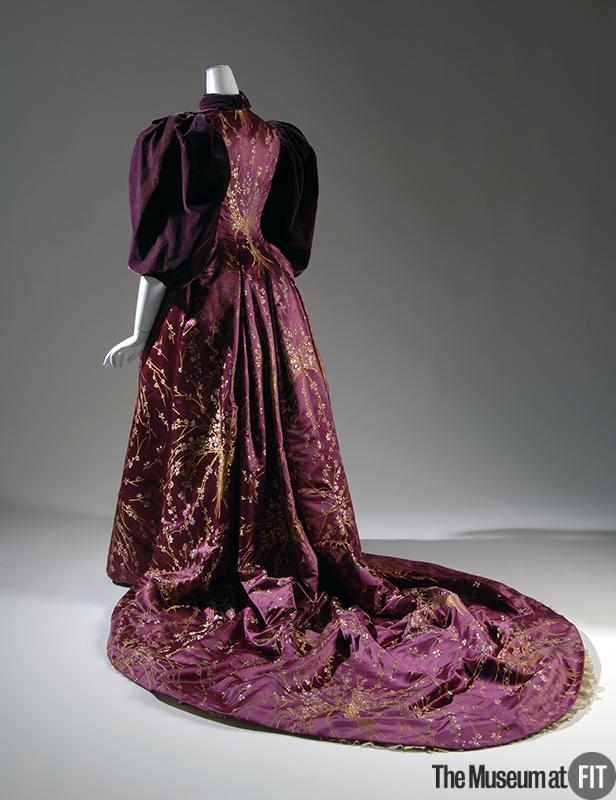
Purple works best with similar colors
The other primary opinion of what to pair with purple was with purple itself.
“Lilac, lavender, mauve, harmonize with cerise, used sparingly, and with gold, but are better trimmed with the same color of a shade slightly darker or lighter.” –The Art of Dressing Well
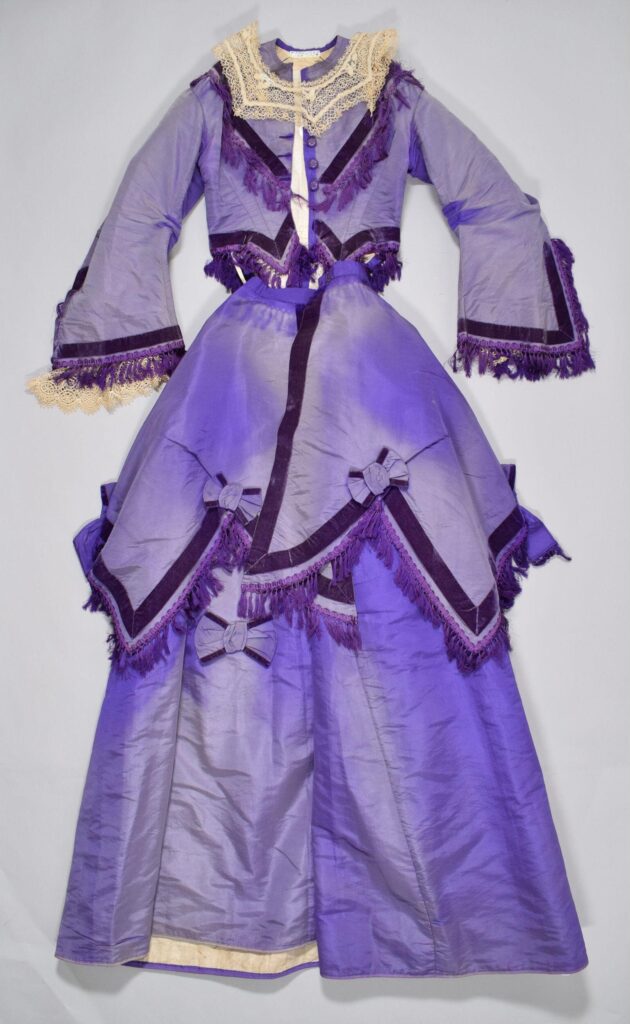
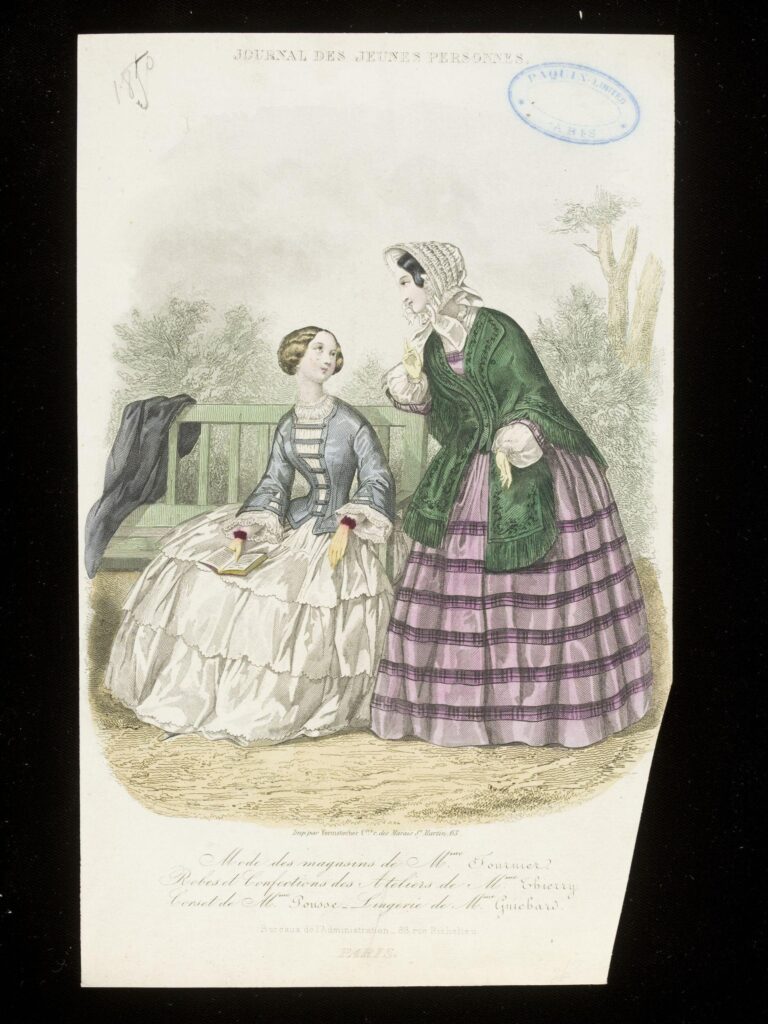
Purple accents
Purple was also seen as a great color for accents and accessories. This is seen in many…
Parasols
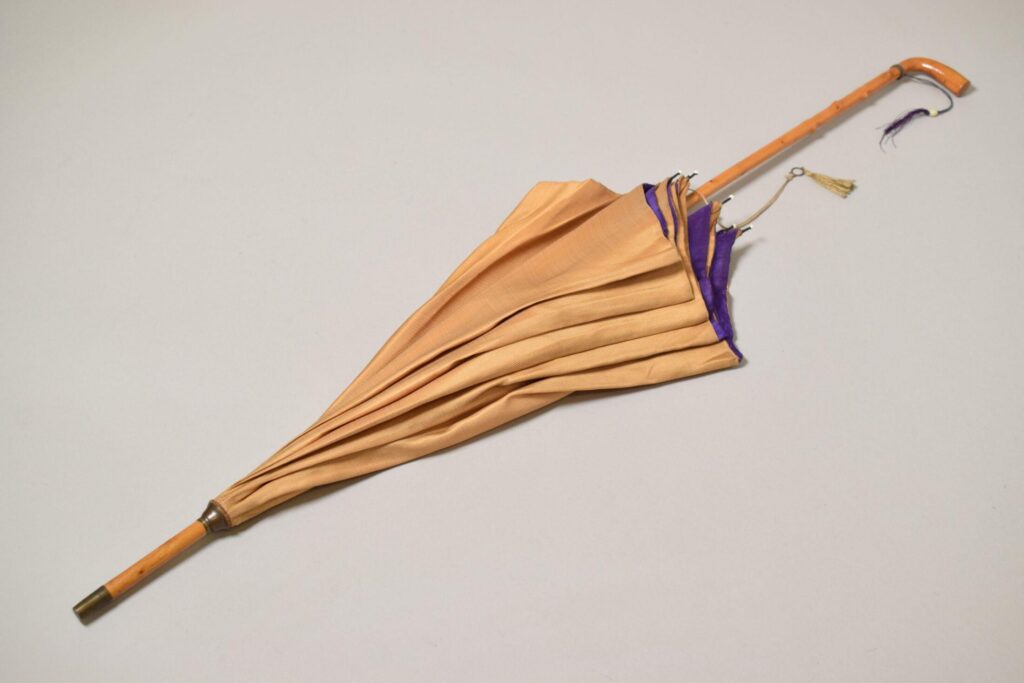
Fans
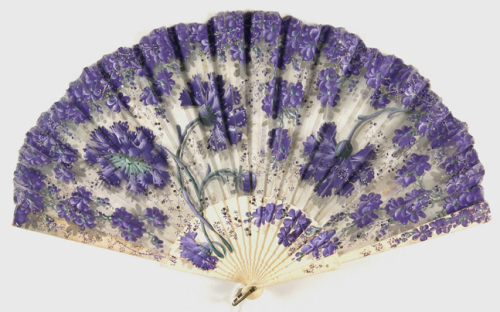
Shoes
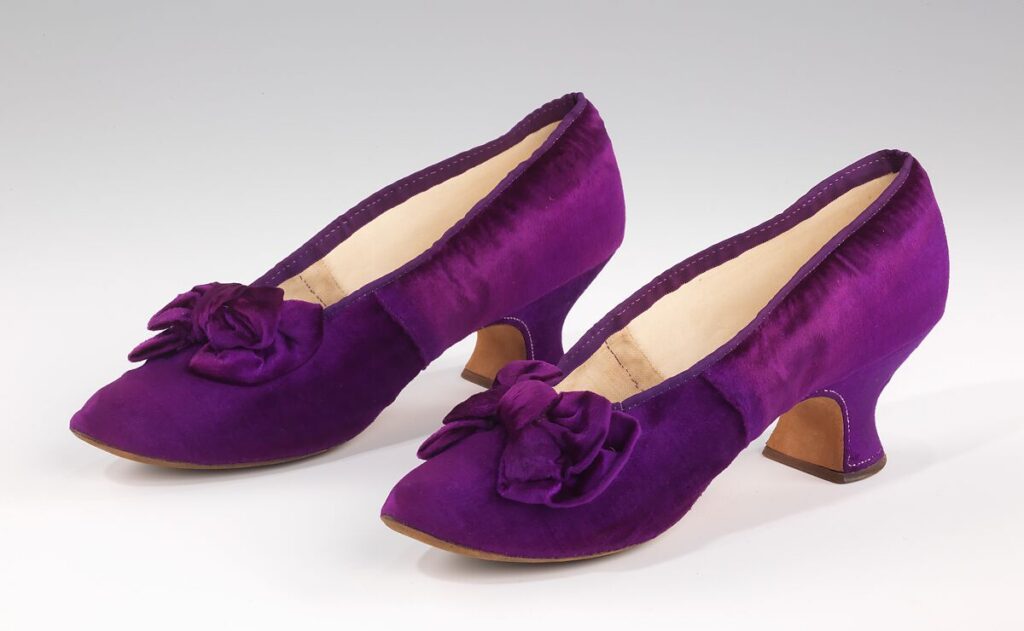
Hats
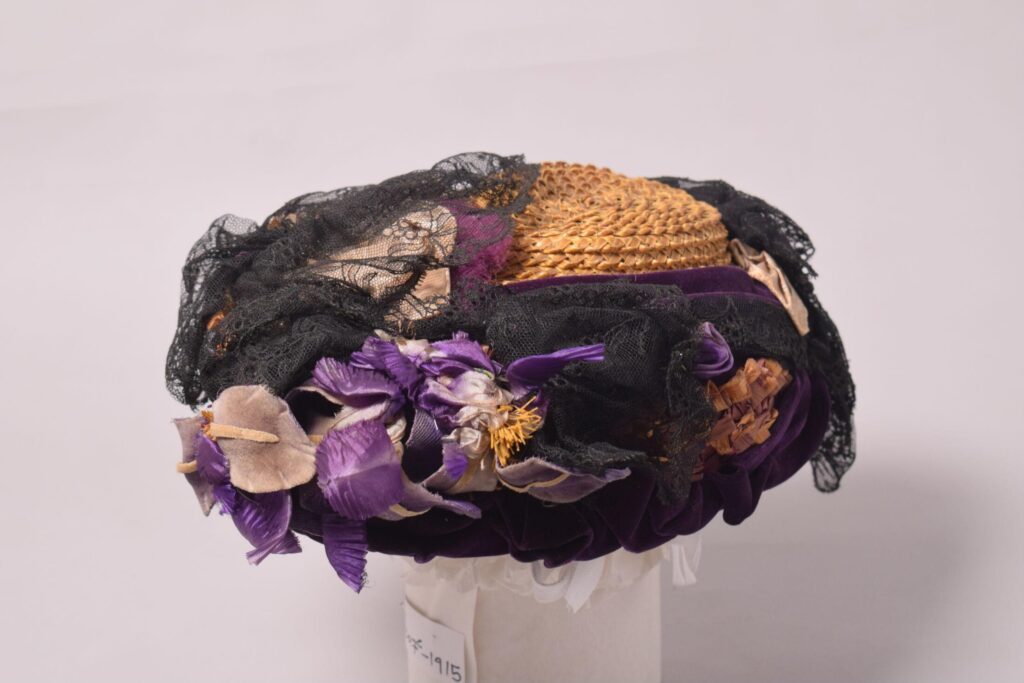
And…jewelry…
Amethyst
Amethyst is my favorite semi-precious gem, but I wouldn’t say that I see it highly loved elsewhere outside of the flashy clusters sold at New Age shops (also, I love New Age shops). It was a different story in the Victorian era. The stone was hugely popular and examples are easy to find in museum collections today.
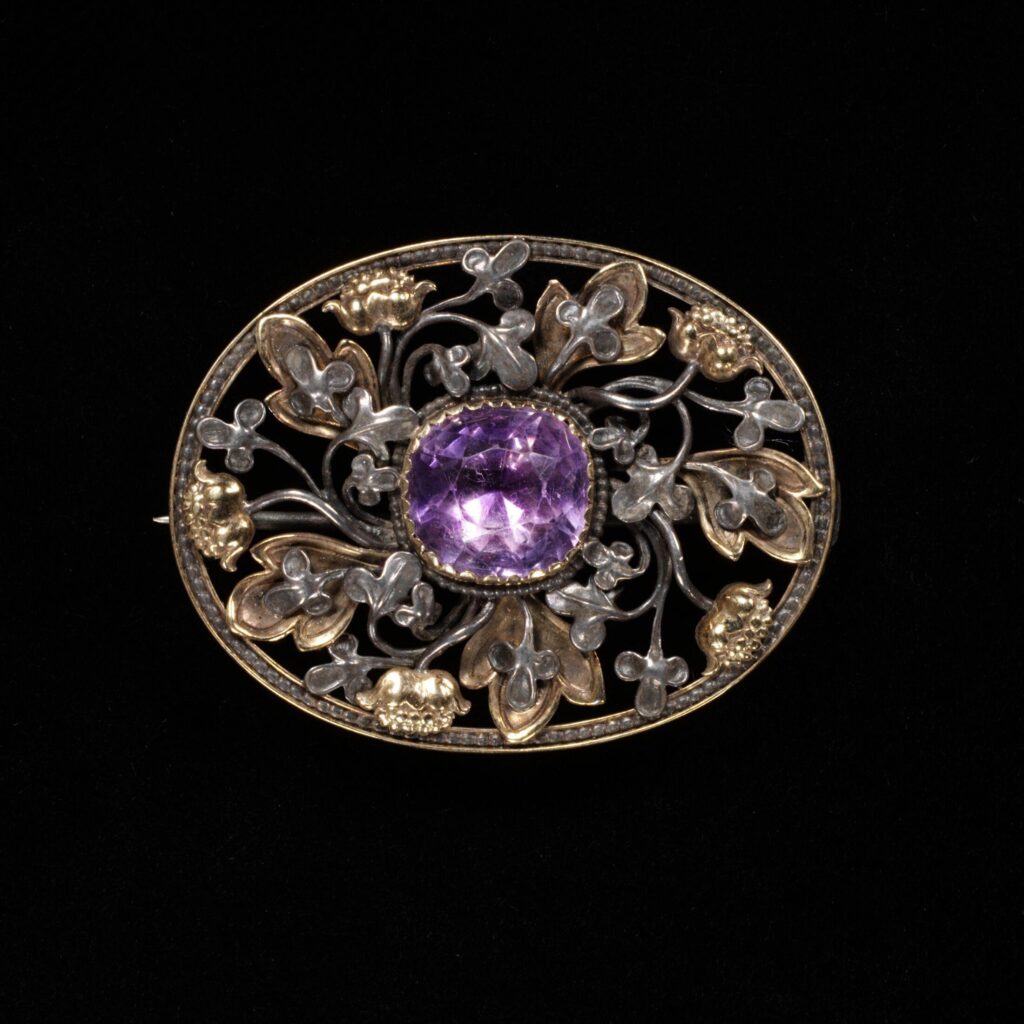

What color would you like me to explore next in the ‘colors in the Victorian era’ series?
Did you love learning about purple in the Victorian era? You may also enjoy:
Let’s talk about Victorian cameos!
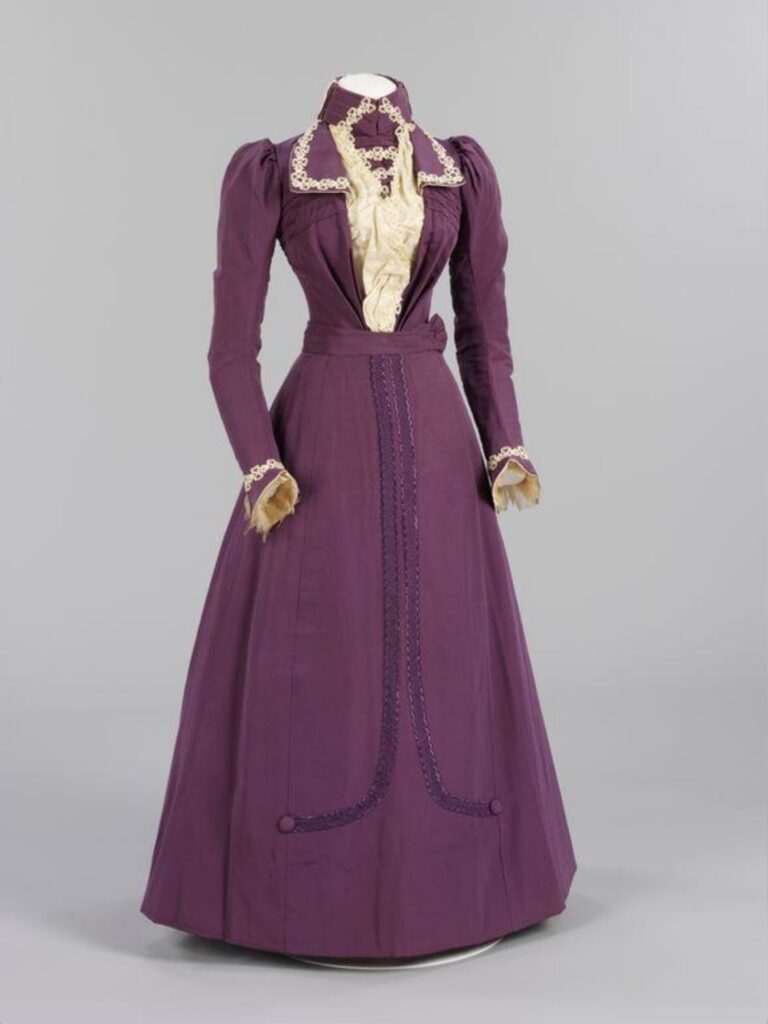

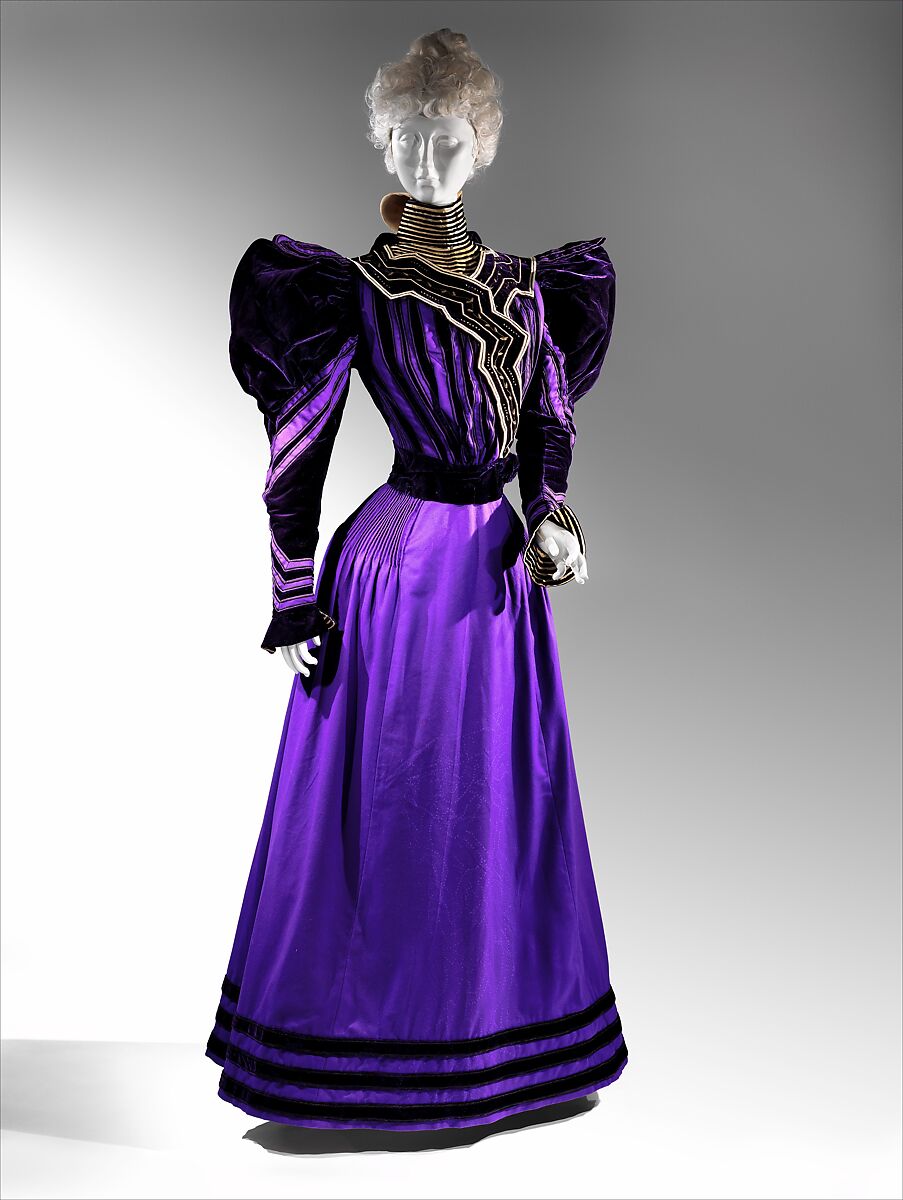
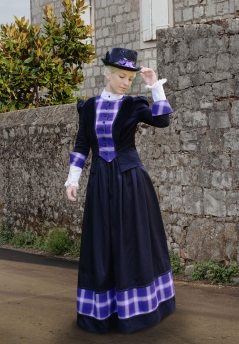





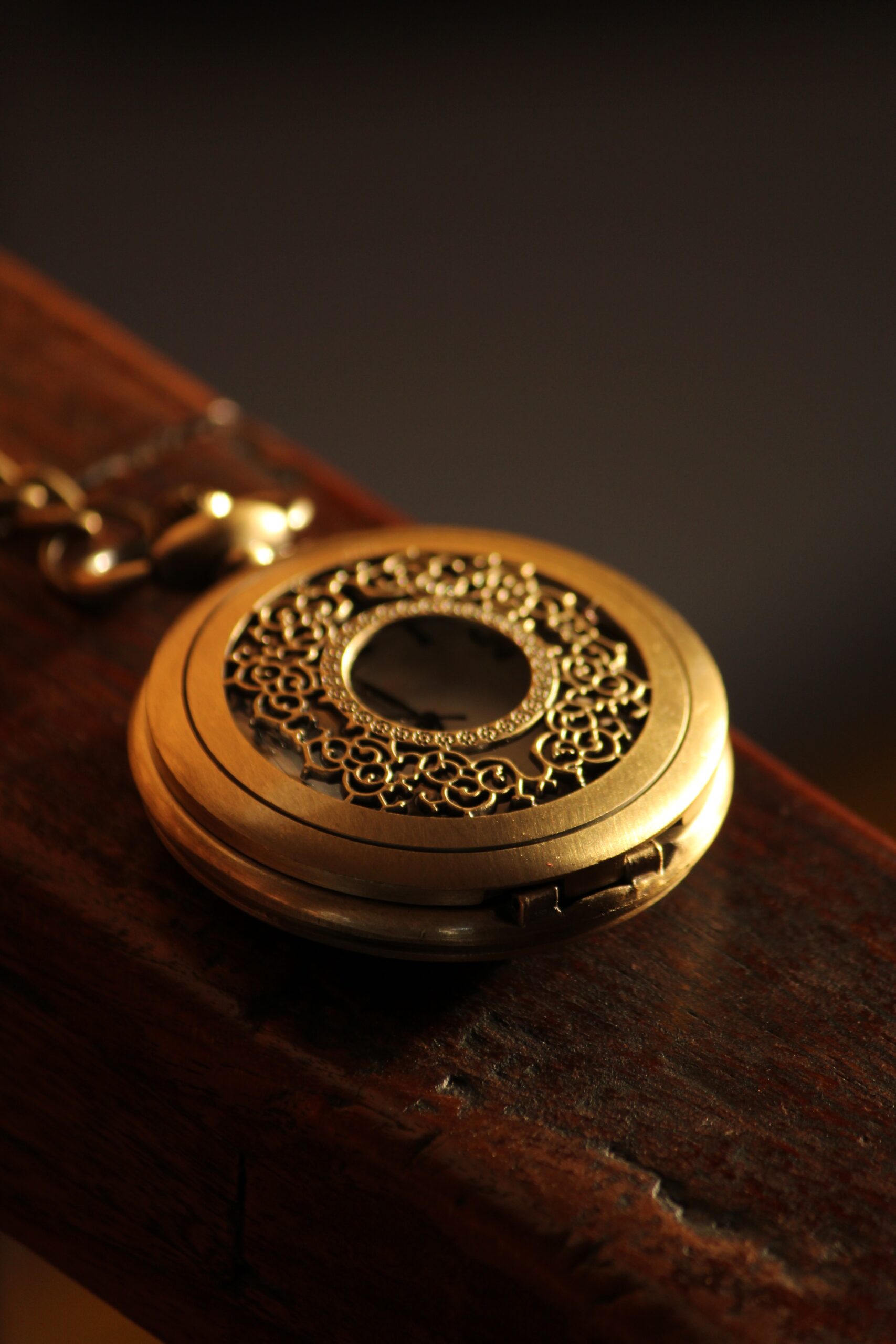

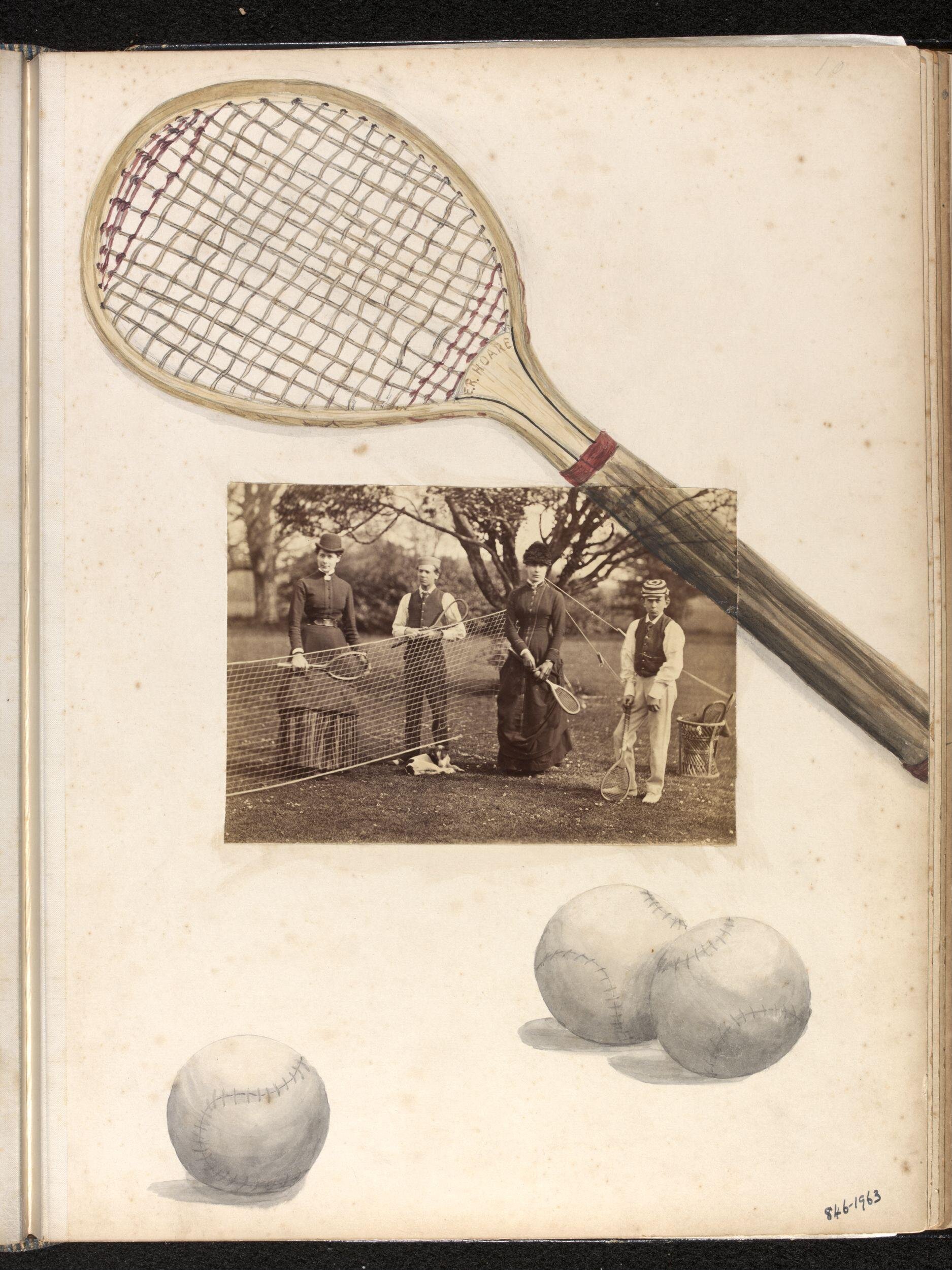
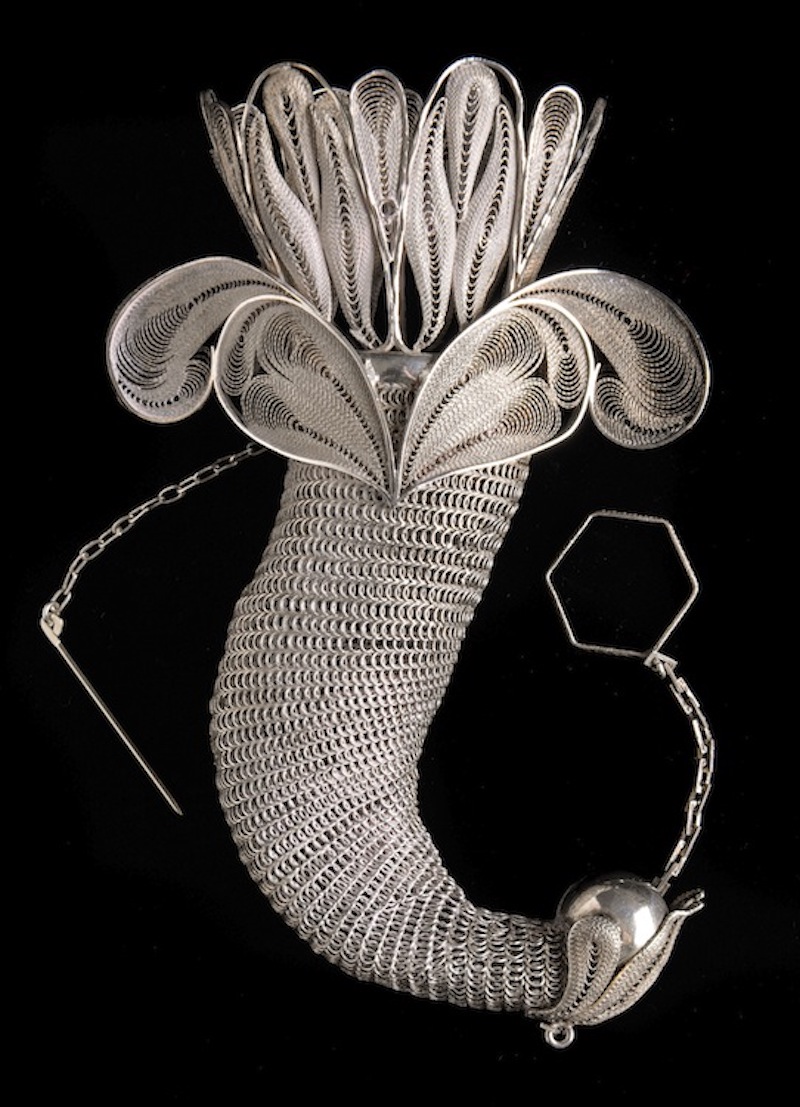
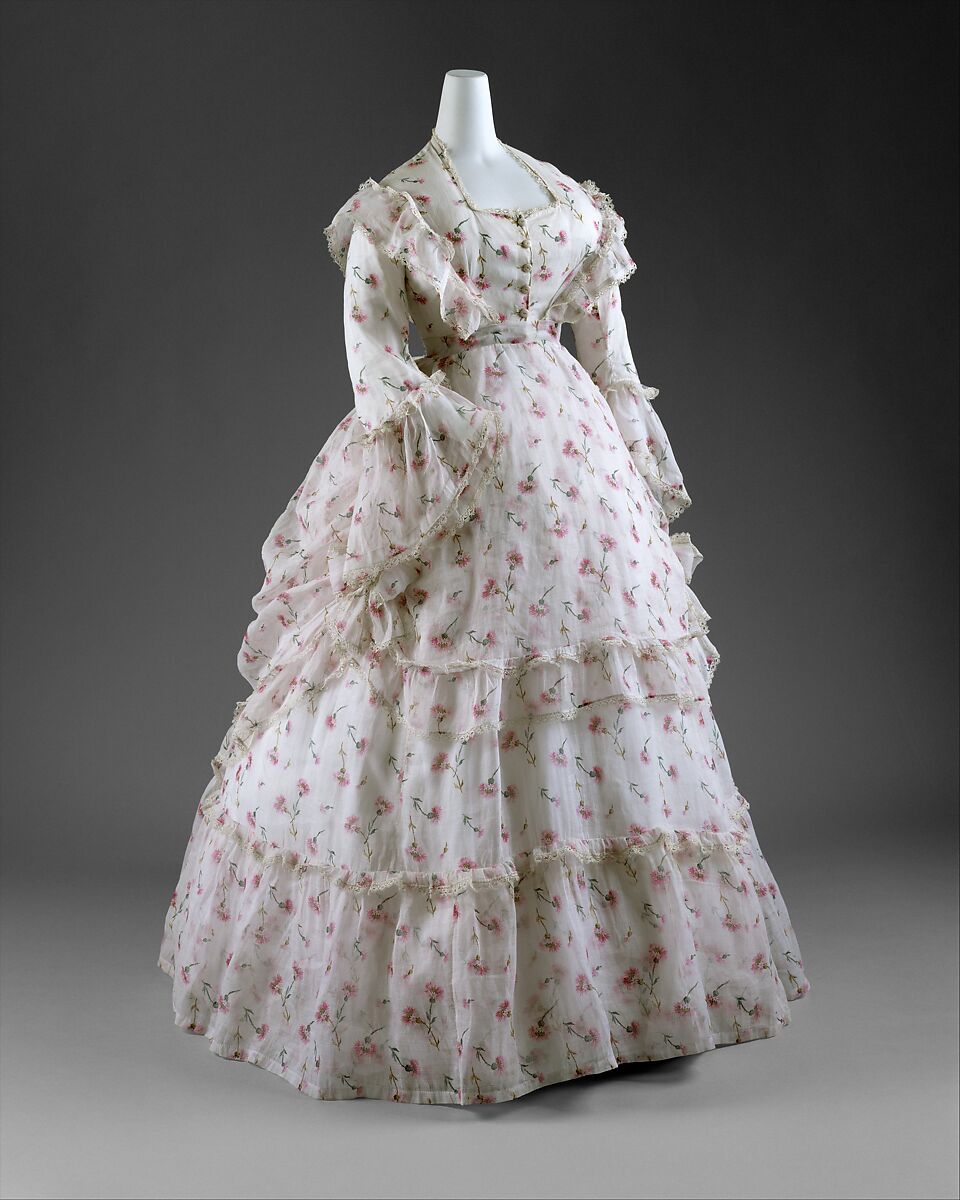
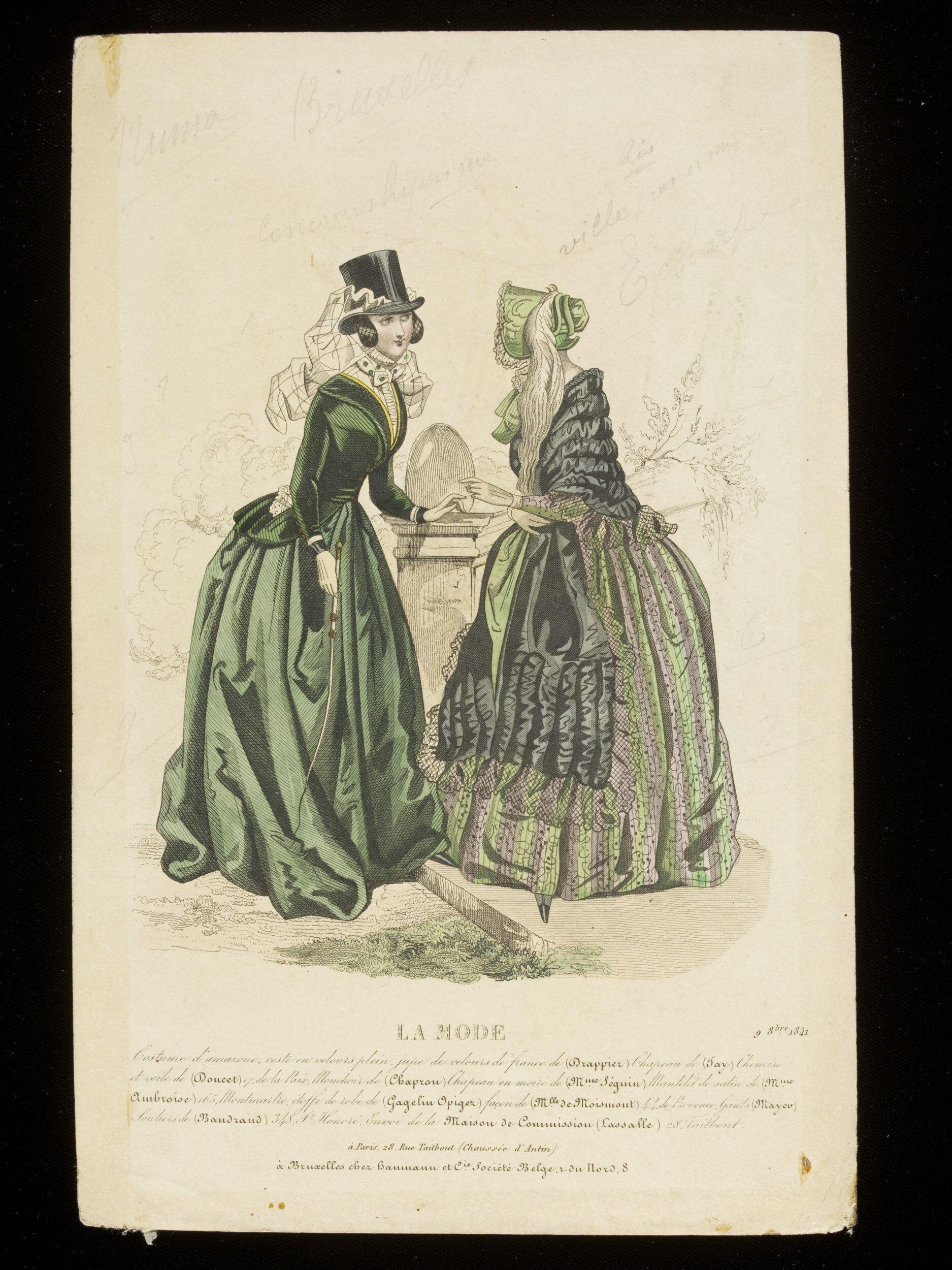
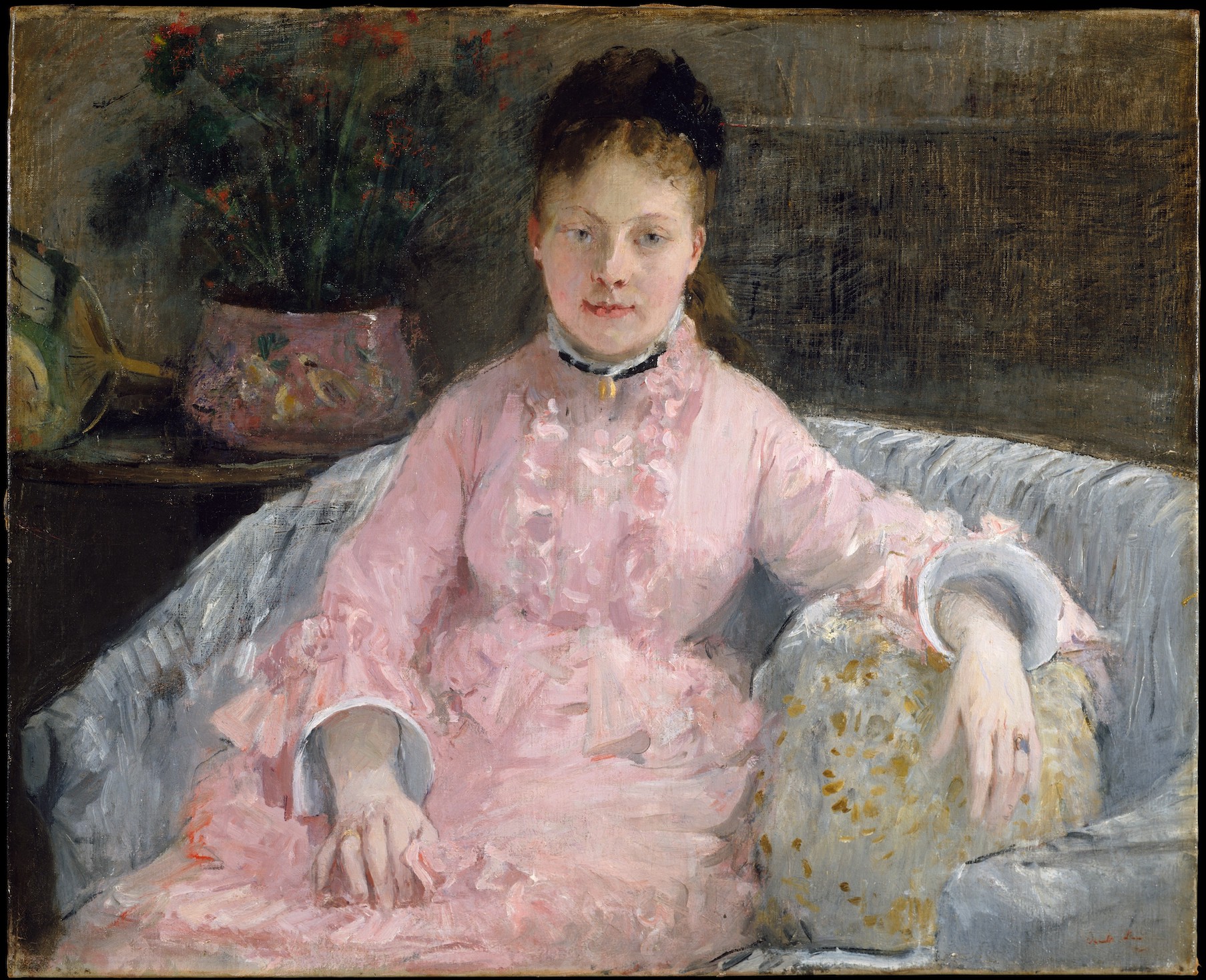
Some of these dresses are so striking! I’m surprised to learn that purple was used as a mourning colour given how vibrant and decadent it can seem.
Purple has been my favorite color since I was a little girl. My wardrobe is full of all different shades and it shows up in bits of my home decor. The reason purple and yellow/gold pair so well is that they are complimentary colors. In other words, you find them opposite one another on a color wheel. When your eyes tire of looking at purple, yellow is the color they seek to be refreshed. Scientific fact!